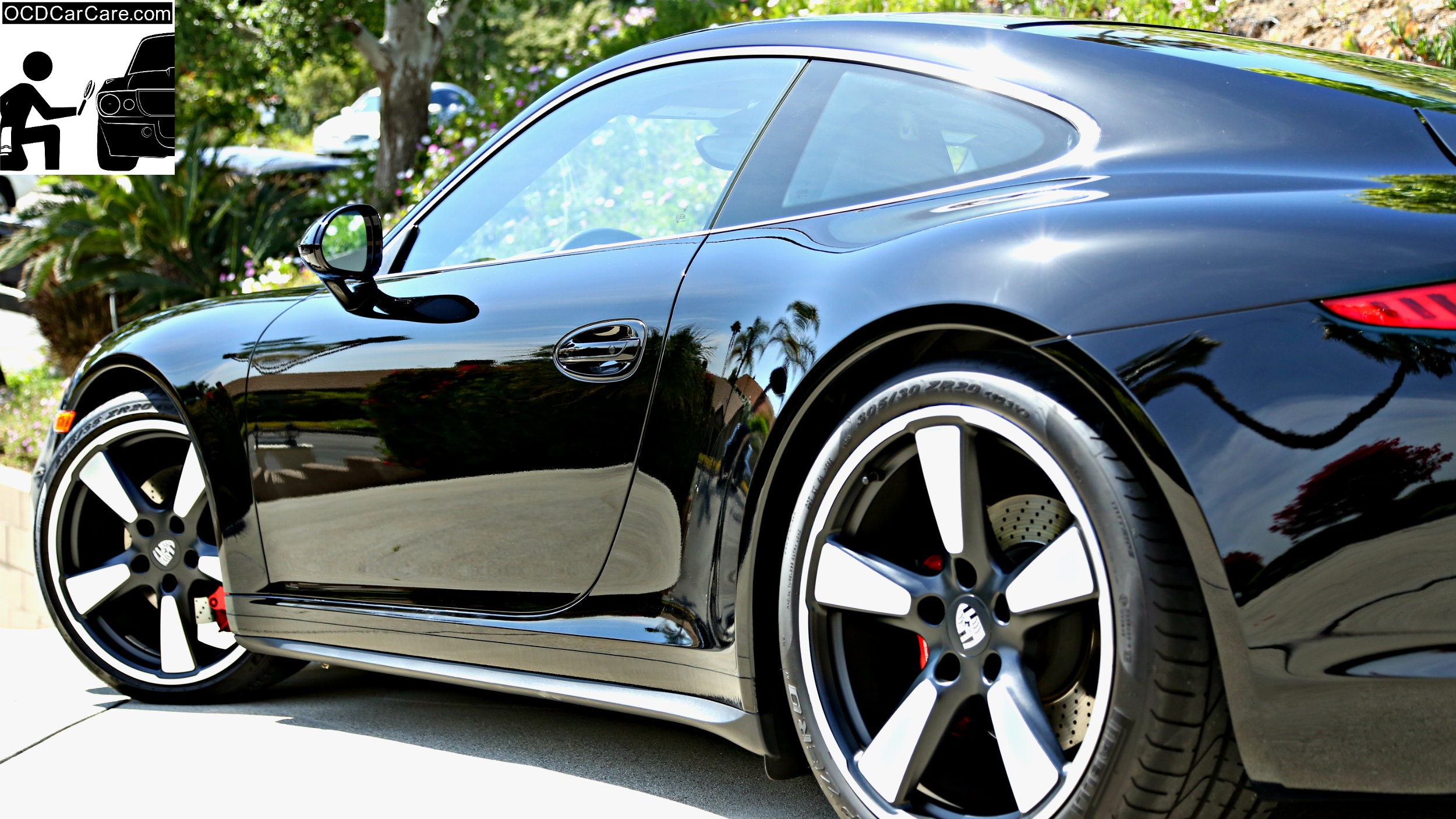Ceramic Coatings San Jose: Enhance and Protect Your Vehicle's Finish
Ceramic Coatings San Jose: Enhance and Protect Your Vehicle's Finish
Blog Article
Revealing the Scientific Research Behind Ceramic Coatings: How Does It Work and Why Is It Above Typical Options?
Ceramic coverings have been obtaining appeal in different industries for their remarkable performance and durability. Understanding just how ceramic finishes work and why they exceed conventional choices is critical for those looking for to improve the longevity and strength of their materials.
The Chemistry of Ceramic Coatings
In understanding ceramic coatings, diving right into the detailed chemistry behind their make-up is necessary for comprehending their functionality and longevity. Ceramic layers are mostly composed of silicon dioxide (SiO2), which creates a solid and protective layer when applied to various surface areas. This chemical structure provides remarkable resistance to heat, chemicals, and rust, making ceramic finishings very searched for for a variety of applications.
The chemistry behind ceramic layers includes the development of covalent bonds between silicon and oxygen atoms, developing a stiff network that enhances the layer's durability and sturdiness. Furthermore, the presence of various other aspects such as aluminum, zirconium, and titanium more improves the coating's homes, supplying increased solidity and adhesion to surfaces.
Comprehending the chemical make-up of ceramic finishings enables the personalization of formulas to fit details demands, whether it be for automobile, commercial, or property objectives. By harnessing the power of chemistry, ceramic finishings proceed to lead the way for premium defense and efficiency in numerous sectors.
Advantages of Ceramic Coatings

As an outcome, ceramic coatings make cleaning and keeping surfaces a lot simpler and much less time-consuming. On the whole, the wide variety of advantages used by ceramic coverings make them a superior choice contrasted to standard coating approaches.
How Ceramic Coatings Bond
Ceramic coverings bond to surfaces through a procedure that entails molecular attachment and chemical communications. When a ceramic layer is used to a surface area, it develops a strong bond by chemically adhering to the surface at a molecular level.
Moreover, the chemical interactions between the ceramic covering and the surface further enhance the bond. ceramic coatings san jose. These interactions enable the ceramic layer to develop a smooth and continual layer externally, supplying excellent security and longevity. Unlike standard finishings that may rest on the surface area without completely bonding, ceramic coverings develop a long-term bond that is resistant to chemicals, UV rays, and harsh ecological conditions

Basically, the bonding system of ceramic coatings makes certain a resilient and efficient protective layer that outmatches standard covering alternatives. This exceptional bond contributes to the toughness, scratch resistance, and long life of ceramic finishings, making them a preferred option for various applications.
Toughness of Ceramic Coatings
The extraordinary longevity of ceramic finishings stems from their robust molecular attachment and chemical communications with surface areas, making sure a resilient safety layer that goes beyond traditional finish alternatives. When used, ceramic coverings develop a strong bond with the substrate, producing a resilient barrier against different ecological stressors such as UV radiation, chemicals, and abrasions. This bond is so secure that it can hold up against the rigors of everyday usage without deteriorating or breaking down quickly.
Unlike standard finishes that may deteriorate over time, ceramic coverings maintain their integrity for an extensive duration, supplying lasting protection for the underlying surface area. Generally, the outstanding toughness of ceramic finishings makes them an exceptional choice for shielding a large variety of surfaces in numerous applications.
Ceramic Coatings Vs. Conventional Choices
In comparison to traditional layer techniques, ceramic layers offer an unique mix of longevity and safety capacities that establish them apart in different surface security applications. Standard Continued choices such as wax or sealers supply a short-lived layer of defense that can put on off promptly, calling for constant reapplication. On the various other hand, ceramic layers create a solid bond with the surface area, producing a semi-permanent or long-term barrier that is highly resistant to abrasion, chemicals, UV rays, and severe temperature levels.
Additionally, ceramic finishes use remarkable hydrophobic buildings contrasted to standard finishings. The hydrophobic nature of ceramic finishings creates water to grain up and roll off the surface, carrying dust and pollutants with it. This self-cleaning impact helps to keep the surface's cleanliness and gloss for extensive durations, decreasing the need for constant maintenance.
Additionally, ceramic layers have a thicker layer contrasted to conventional alternatives, supplying enhanced scrape resistance and security against small impacts. This durability makes sure lasting efficiency and assists preserve the visual appeal of the dealt with surface for an extensive period.
Conclusion
To conclude, the scientific research behind ceramic coverings hinges on their chemical composition and bonding properties, making them above conventional alternatives. The benefits of ceramic layers include raised sturdiness and protection for surface areas. By understanding exactly how ceramic coverings job and their advantages over standard options, one can make educated choices when considering finish options for different applications.
Unlike traditional finishes that may rest on the surface area without fully bonding, ceramic finishes develop a permanent bond that is resistant to chemicals, UV rays, and rough ecological conditions.
The outstanding longevity of ceramic finishings stems from their durable molecular attachment and chemical interactions with surfaces, making sure a sturdy protective layer that surpasses conventional layer alternatives.Unlike conventional finishes that might weaken over time, ceramic coatings maintain their integrity for a prolonged duration, giving durable defense for the underlying surface.In comparison to conventional covering techniques, ceramic finishings offer a distinctive blend of resilience imp source and safety capacities that establish them apart in various surface area defense applications. By recognizing just how ceramic coverings work and their advantages over typical options, one can make educated click here for info choices when considering finishing alternatives for numerous applications.
Report this page